In the evolving landscape of transportation, alternative fuels like Compressed Natural Gas (CNG) and Liquefied Petroleum Gas (LPG) are gaining prominence, particularly in the heavy-duty segment. At CarMax Vehicle, we recognize the pivotal role these fuels play in enhancing the efficiency and sustainability of semi-trailers. This comprehensive guide delves into the intricate differences between CNG and LPG, equipping you with the knowledge to make informed decisions for your fleet.
Table of Contents
- Introduction to CNG and LPG
- Chemical Composition and Properties
- Energy Content and Efficiency
- Storage and Handling
- Environmental Impact
- Cost Analysis
- Performance in Semi-Trailers
- Safety Considerations
- Infrastructure and Availability
- Choosing the Right Fuel for Your Fleet
- Conclusion
- Frequently Asked Questions (FAQs)
Introduction to CNG and LPG
As the transportation industry strives for sustainability, alternative fuels like CNG and LPG emerge as viable options. Both fuels offer distinct advantages, yet they cater to different operational needs within the realm of semi-trailers.
- CNG (Compressed Natural Gas): Primarily methane, CNG is stored under high pressure, making it a clean-burning alternative fuel.
- LPG (Liquefied Petroleum Gas): Comprising propane and butane, LPG is stored as a liquid under moderate pressure, offering versatility and efficiency.
Understanding these fuels’ core characteristics is essential for optimizing your fleet’s performance and sustainability.

Chemical Composition and Properties
CNG (Compressed Natural Gas)
- Primary Component: Methane (CH₄)
- Purity: Typically 90-98% methane
- State: Gas at ambient temperature and pressure
- Storage: Requires high-pressure cylinders (200-250 bar)
LPG (Liquefied Petroleum Gas)
- Primary Components: Propane (C₃H₈) and Butane (C₄H₁₀)
- Purity: Varies, but often around 60% propane and 40% butane
- State: Liquid under pressure, vapor at atmospheric conditions
- Storage: Stored in pressurized tanks, allowing for liquid storage at lower pressures compared to CNG
| Property | CNG | LPG |
|---|---|---|
| Primary Component | Methane | Propane and Butane |
| Storage Pressure | High (200-250 bar) | Moderate (8-10 bar) |
| Energy Density (MJ/kg) | 55.5 | 46.1 |
| Boiling Point | -161.5°C (Methane) | -42°C (Propane) |
| Availability | Growing but limited | Widely available |
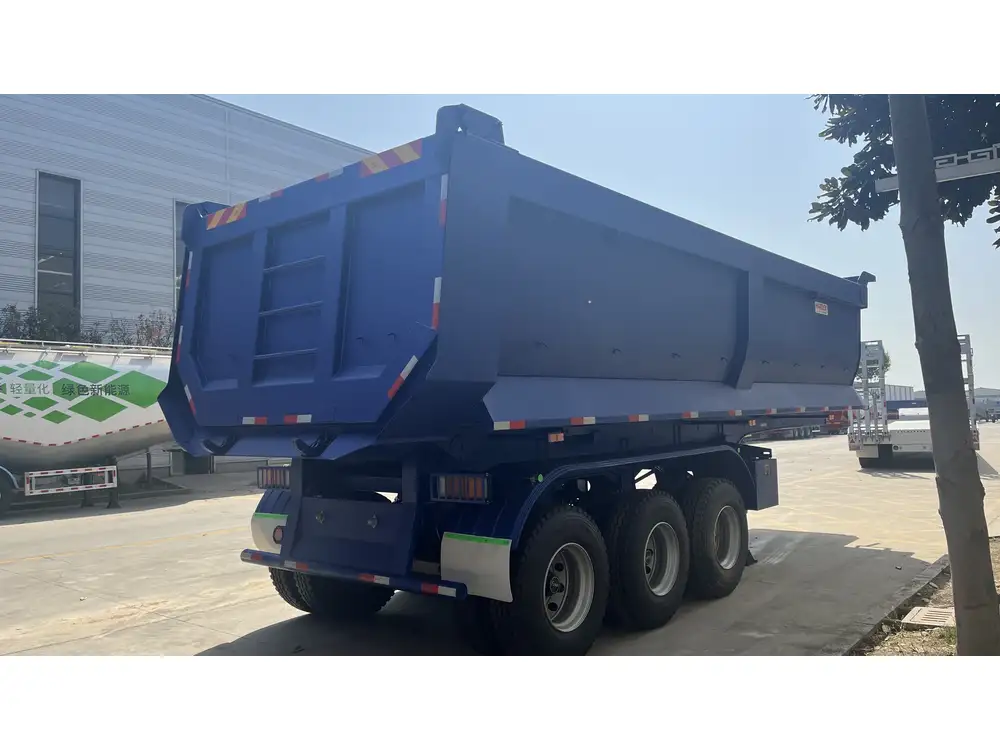
Energy Content and Efficiency
Energy content and fuel efficiency are critical factors influencing operational costs and vehicle performance.
CNG
- Higher Energy Density by Weight: CNG offers approximately 55.5 MJ/kg.
- Efficiency: CNG engines can achieve slightly higher thermal efficiencies due to cleaner combustion.
- Range: Limited by lower energy density per volume, necessitating larger or more frequent refueling tanks.
LPG
- Lower Energy Density by Weight: LPG provides around 46.1 MJ/kg.
- Efficiency: Comparable to diesel engines when properly optimized.
- Range: Better energy density by volume compared to CNG, allowing for longer ranges without increasing tank size.
| Metric | CNG | LPG |
|---|---|---|
| Energy Density (MJ/kg) | 55.5 | 46.1 |
| Energy Density (MJ/L) | 9 | 25.0 |
| Combustion Efficiency | High | Moderate |
| Refueling Frequency | High | Lower |
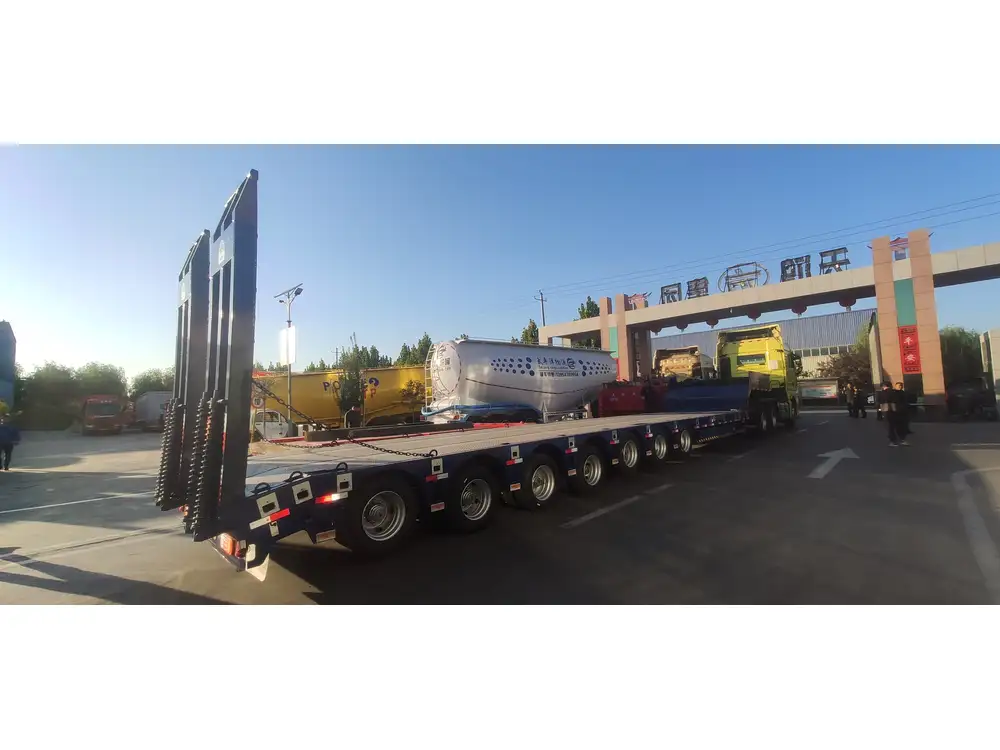
Storage and Handling
Proper storage and handling are paramount to ensuring safety and efficiency in fuel utilization.
CNG
- Storage Requirements: High-pressure cylinders made of advanced materials to withstand up to 250 bar.
- Space Utilization: Bulkier storage tanks due to high pressure, potentially reducing cargo space.
- Refueling Infrastructure: Requires specialized stations equipped to handle high-pressure refueling.
LPG
- Storage Requirements: Pressurized tanks that maintain the fuel in a liquid state at around 8-10 bar.
- Space Utilization: More compact storage compared to CNG, allowing for better cargo space management.
- Refueling Infrastructure: More widespread availability of LPG stations, facilitating easier refueling.
| Aspect | CNG | LPG |
|---|---|---|
| Tank Size | Larger and heavier | More compact and lighter |
| Installation Complexity | Higher due to pressure ratings | Lower due to moderate pressure |
| Refueling Time | Longer | Shorter |
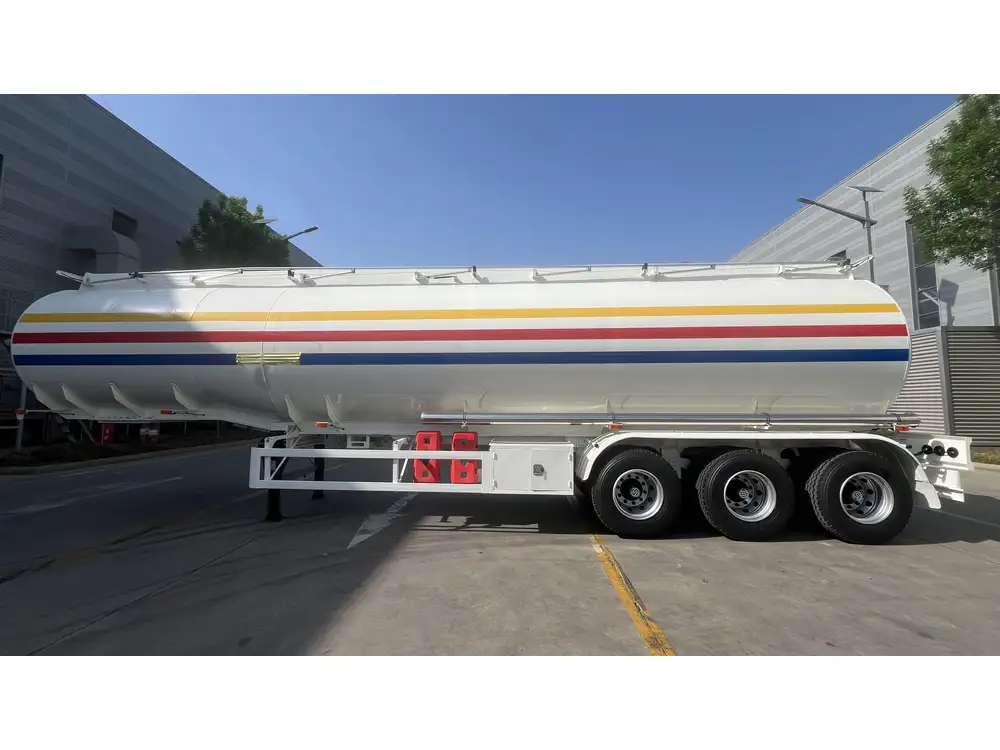
Environmental Impact
Sustainability is a cornerstone of modern transportation, and both CNG and LPG contribute differently to environmental goals.
CNG
- Emissions: Significantly lower CO₂, NOx, and particulate emissions compared to diesel.
- Carbon Footprint: Lower lifecycle greenhouse gas emissions.
- Renewability: Primarily a fossil fuel, though biogas can be used to produce renewable CNG.
LPG
- Emissions: Lower CO₂ and particulate emissions than diesel, but higher than CNG.
- Carbon Footprint: Moderate lifecycle greenhouse gas emissions.
- Renewability: Like CNG, LPG is typically derived from fossil sources, with limited renewable options.
| Environmental Factor | CNG | LPG |
|---|---|---|
| CO₂ Emissions | Low | Moderate |
| NOx Emissions | Very Low | Low |
| Particulate Matter | Negligible | Low |
| Renewable Potential | Limited (Biogas possible) | Limited |
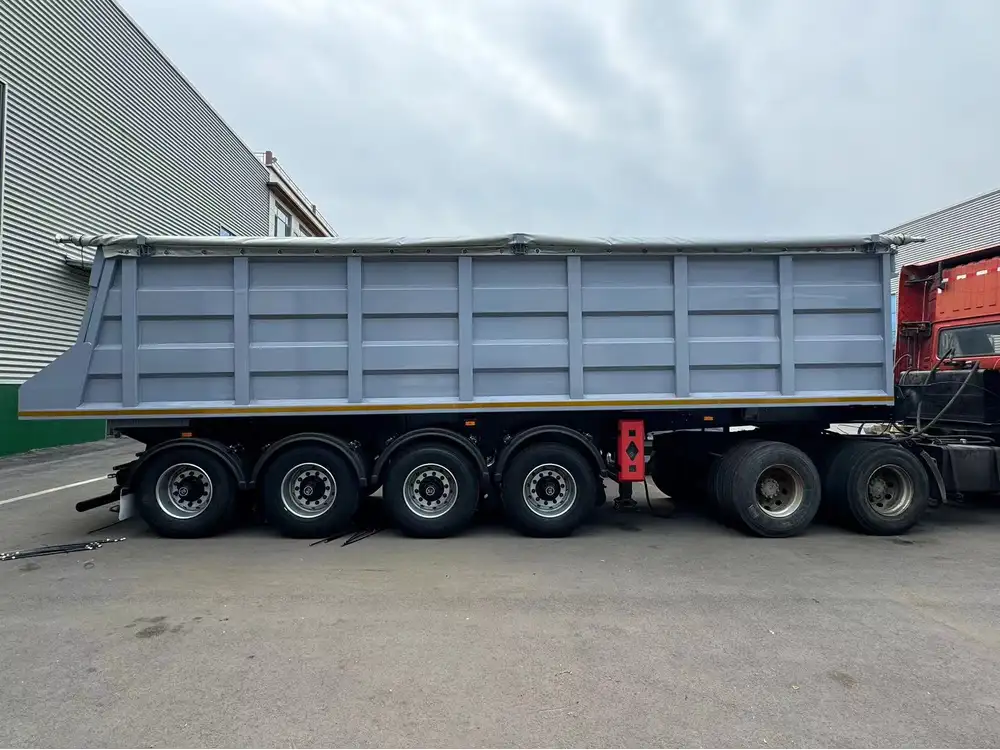
Cost Analysis
Initial investment and operational costs are decisive in selecting the appropriate fuel type for semi-trailers.
CNG
- Initial Costs: Higher due to advanced storage systems and engine modifications.
- Fuel Costs: Generally lower per MJ compared to LPG and diesel, depending on regional pricing.
- Maintenance Costs: Comparable to conventional systems, with potential savings from cleaner combustion reducing engine wear.
LPG
- Initial Costs: Lower than CNG, as storage systems are less complex.
- Fuel Costs: Competitive, often cheaper than diesel and similar to CNG, subject to market fluctuations.
- Maintenance Costs: Similar to CNG, with benefits from cleaner fuel reducing certain maintenance expenses.
| Cost Component | CNG | LPG |
|---|---|---|
| Initial Investment | High | Moderate |
| Fuel Price (per MJ) | Lower | Competitive |
| Maintenance Expense | Moderate | Moderate |
| Total Cost of Ownership | Potentially lower over time | Competitive over time |
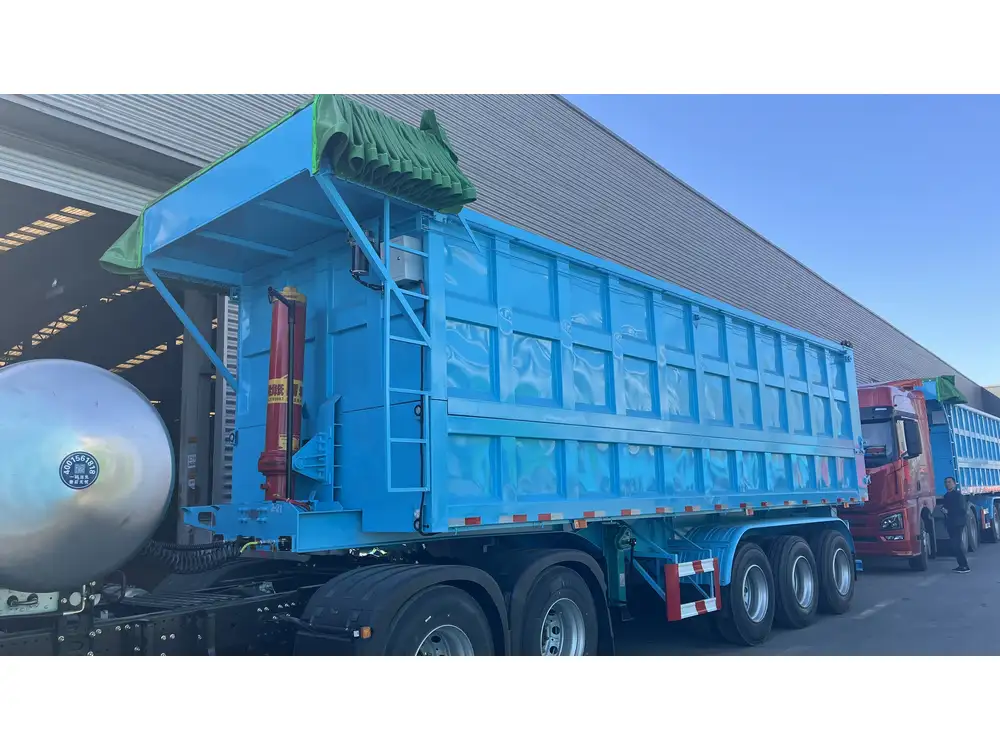
Performance in Semi-Trailers
The performance of semi-trailers powered by CNG or LPG can vary based on specific operational requirements and fuel characteristics.
CNG-Powered Semi-Trailers
- Torque and Power: Similar to diesel engines when properly tuned, with potential for higher torque at lower RPMs.
- Range: Limited by tank capacity, potentially requiring more frequent refueling on long hauls.
- Reliability: High, especially with advancements in CNG engine technology and systems.
LPG-Powered Semi-Trailers
- Torque and Power: Comparable to diesel engines, offering reliable performance across various driving conditions.
- Range: Enhanced by better energy density per volume, suitable for longer routes without frequent stops.
- Reliability: Proven reliability with existing LPG infrastructure and technology.
| Performance Aspect | CNG | LPG |
|---|---|---|
| Engine Power | Comparable to diesel | Comparable to diesel |
| Torque Availability | High torque at low RPMs | Consistent torque delivery |
| Range | Shorter without increased tanks | Longer with standard tanks |
| Suitability | Urban and regional routes | Long-haul and versatile routes |

Safety Considerations
Safety is paramount when dealing with alternative fuels. Both CNG and LPG have stringent safety protocols, but each presents unique challenges.
CNG Safety
- Leak Detection: Natural gas is lighter than air and disperses quickly, reducing fire risk.
- Tank Integrity: High-pressure tanks require regular inspections and adherence to safety standards.
- Fire Suppression: Potential for rapid flame spread if ignition occurs.
LPG Safety
- Leak Detection: Propane and butane are heavier than air, which can accumulate in low-lying areas, posing fire and explosion risks.
- Tank Integrity: Pressurized tanks must comply with robust safety regulations and maintenance schedules.
- Fire Suppression: Fires may burn with visible flames, providing easier detection.
| Safety Aspect | CNG | LPG |
|---|---|---|
| Leak Behavior | Rapid dispersion, less accumulation | Accumulates in low areas |
| Explosion Risk | Lower due to dispersion | Higher in confined spaces |
| Tank Safety Standards | Rigorous, high-pressure | Strict, moderate pressure |
| Emergency Response | Specialized handling required | Widely understood protocols |

Infrastructure and Availability
The availability of refueling infrastructure plays a crucial role in the adoption of CNG and LPG for semi-trailers.
CNG Infrastructure
- Availability: Growing in urban centers and specific regions with industrial hubs.
- Expansion Trends: Increasing investments in CNG stations to support rising demand.
- Compatibility: Limited to areas with established CNG networks, potentially restricting flexibility.
LPG Infrastructure
- Availability: More widespread globally, with extensive networks in both urban and rural areas.
- Expansion Trends: Steady growth, supported by existing automotive and industrial LPG usage.
- Compatibility: Greater flexibility in refueling locations due to broader availability.
| Infrastructure Factor | CNG | LPG |
|---|---|---|
| Global Availability | Limited but expanding | Widely available worldwide |
| Refueling Stations | Increasing in key areas | Extensive network |
| Geographic Flexibility | Regional concentration | National and international |

Choosing the Right Fuel for Your Fleet
Selecting between CNG and LPG depends on multiple factors tailored to your fleet’s operational needs and strategic goals.
Assessing Operational Requirements
- Route Distance: LPG may be preferable for long-haul routes due to better range.
- Payload Considerations: Evaluate the impact of fuel storage on cargo capacity.
- Fleet Size and Diversity: Larger fleets might benefit from the scalability of LPG infrastructure.
Evaluating Economic Factors
- Fuel Pricing Trends: Analyze local and regional fuel prices for cost-efficiency.
- Initial Investment vs. Long-term Savings: Weigh upfront costs against potential fuel and maintenance savings.

Considering Environmental Goals
- Emission Targets: CNG offers superior emission reductions, aligning with stringent environmental regulations.
- Sustainability Initiatives: Align fuel choice with broader corporate sustainability strategies.
| Decision Factor | CNG | LPG |
|---|---|---|
| Optimal Use Case | Urban, regional, emission-focused fleets | Long-haul, versatile, cost-sensitive fleets |
| Investment Capacity | Higher initial investment feasible | Moderate initial investment feasible |
| Environmental Alignment | Superior emission benefits | Good, but slightly lower than CNG |
Conclusion
The choice between CNG and LPG as alternative fuels for semi-trailers hinges on a multitude of factors, including energy efficiency, environmental impact, cost considerations, and infrastructure availability. At CarMax Vehicle, we are committed to guiding our clients through these complexities, ensuring that their fleets are optimized for performance, sustainability, and economic viability. By thoroughly understanding the differences outlined in this guide, you are better equipped to make strategic decisions that drive your business forward in an increasingly eco-conscious market.
Frequently Asked Questions (FAQs)

1. Which fuel is more cost-effective for semi-trailers, CNG or LPG?
Both CNG and LPG offer cost advantages over traditional diesel. However, LPG often presents a lower initial investment and more widespread availability, making it a more cost-effective option for many fleets, especially those operating over longer routes.
2. Are CNG and LPG engines interchangeable in semi-trailers?
No, CNG and LPG engines are specially designed to handle their respective fuel types. Converting a semi-trailer from one fuel type to another typically requires significant modifications to the engine and fuel storage systems.
3. What are the environmental benefits of using CNG over LPG?
CNG generally produces lower CO₂, NOx, and particulate emissions compared to LPG, making it a more environmentally friendly option. This can help fleets meet stricter emission regulations and reduce their overall carbon footprint.
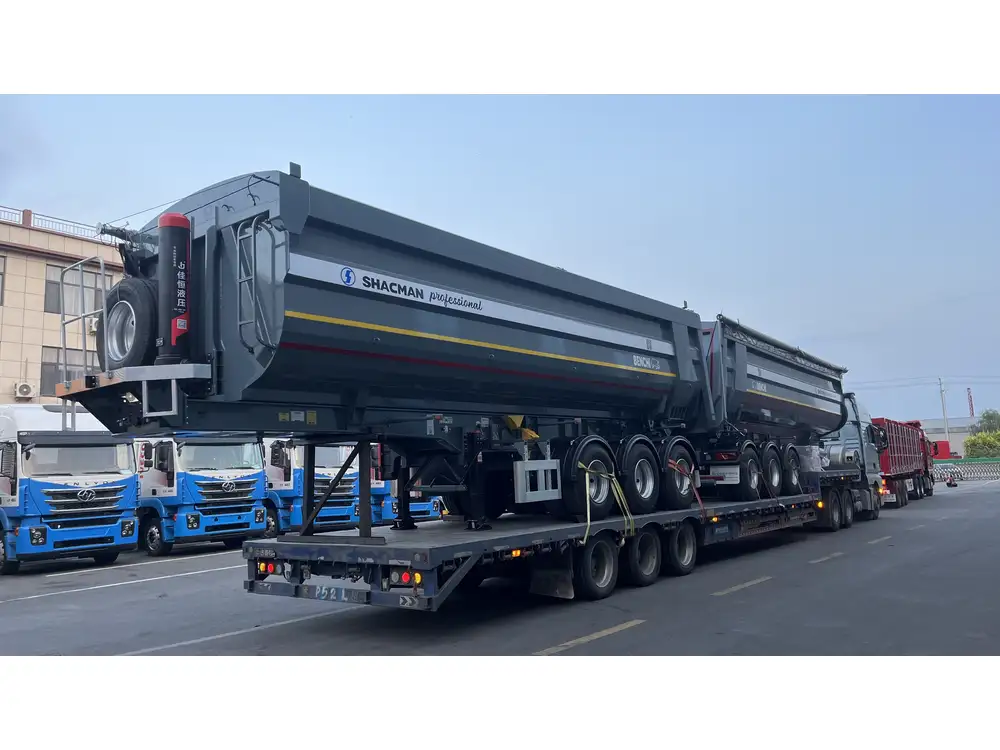
4. How does the refueling time of CNG compare to LPG for semi-trailers?
LPG typically offers faster refueling times due to its higher energy density per volume and lower storage pressure requirements. CNG refueling can be slower, especially if the infrastructure is not fully optimized.
5. Is the availability of refueling stations a significant factor in choosing between CNG and LPG?
Yes, the availability of refueling infrastructure is crucial. LPG has a more extensive and established network, providing greater flexibility for long-haul routes, whereas CNG infrastructure is growing but still limited in many regions.



